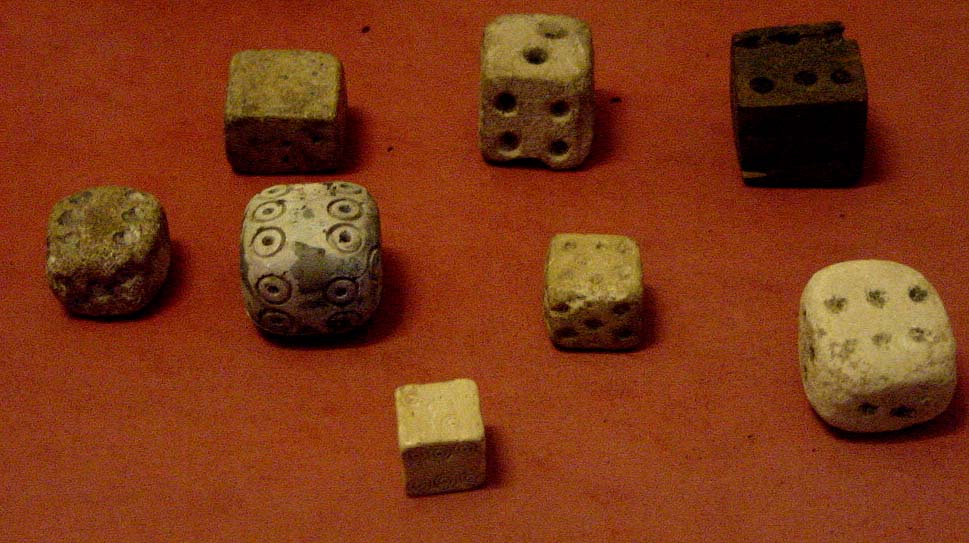It is really hard to spot the future and make predictions. Hard and funny at the same time. Funny because if they work, you told it. If they do not realize, you just stay in silence and nobody cares.
For 2022 I don’t know what will happen, of course. The market is growing but its growth is slower. The Pandemic probably is coming to an end and people will enjoy different forms of entertainment.
What I can say is what I see right now. I see that the interest toward campfires is growing. For campfire I mean a virtual and small virtual place where people share a common interest. The community around a game like Clash Royale, compared with Facebook for instance, can be considered a campfire.
Looking at new trends of Web3 and Decentralized Finance, I think that this interest for virtual campfires will join with the need of community creation. So that probably the next big thing in videogames will pass from there. Let’s take a successful genre: shooters. Those are successful on AAA, indie and free-to-play. I would probably look for shooters which permit to the Players create their own campfires (look at club features in mobile games) and create meaningful content for their campfire mates. I could apply the same reasoning to different genres too.


